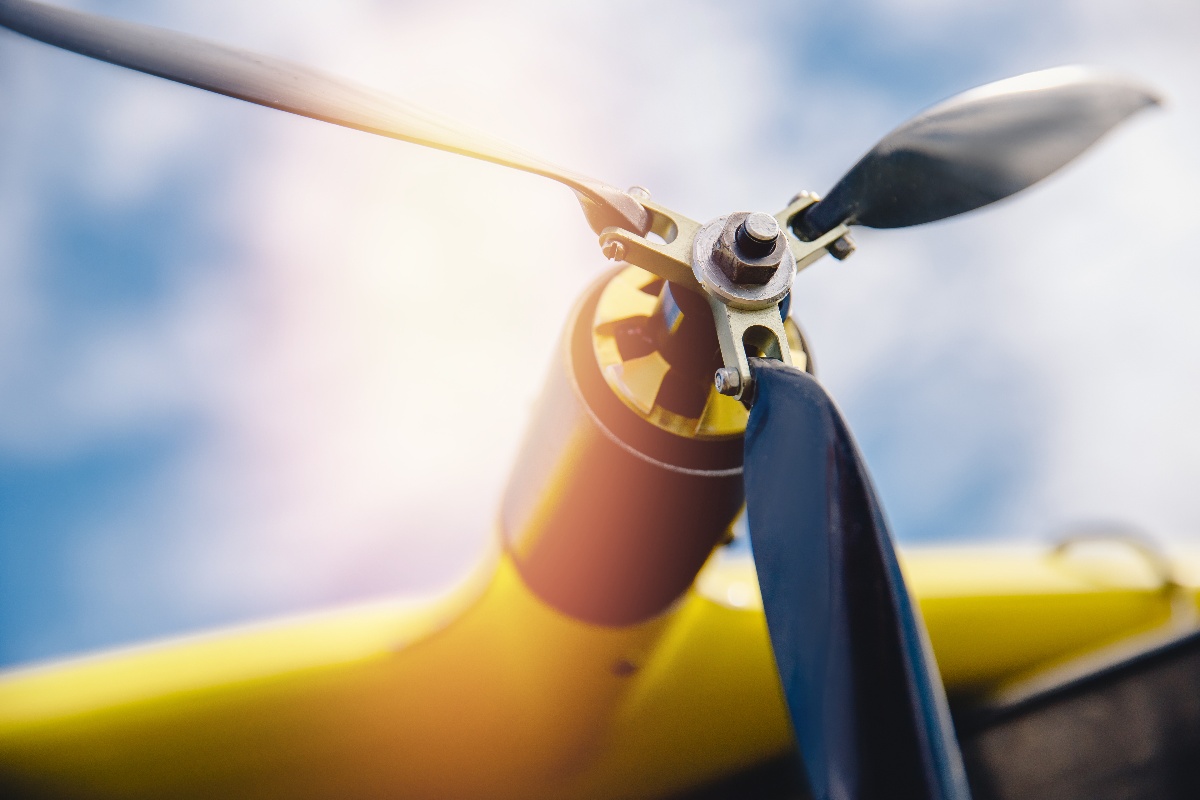Carpenter Electrification is excited by the potential of the emerging electric aircraft industry. It’s a natural fit for our capabilities, given our history as a high-performance metals innovator for aerospace and transportation.
We are closely monitoring three primary challenges that will dictate when, where, and how the industry takes flight.
#1 Flight certification and safety
Electric flight requires a number of new sub-systems that must be evaluated for risk — primarily the energy systems used (batteries or hydrogen), but also the electric motor itself. E-motors have an excellent history of reliability across a wide range of applications, though few as demanding or mission-critical as the primary mode of propulsion for flight.
New system architectures must also be evaluated. The redundancy of multi-rotor designs for eVTOL (electric vertical take-off and landing) aircraft promises improved safety but also introduces new failure modes that must be considered for certification. In this respect, electric airplanes have an advantage for certification since overall design safety is well established for prop planes. For this reason, we expect electric airplanes will be the first class of electric aircraft to receive certification.
#2 Infrastructure
Electric airplanes appear to have an adoption advantage in this area, too, as they can take advantage of existing runways and air traffic control systems. But investment is still required, most importantly in charging capabilities at the many small airports that cater to short-range flights.
Meanwhile, the promise of eVTOL air taxis depends on even greater investments and considerations. Vertiports are a new type of facility, akin to a port authority but for aircraft instead of taxis or buses. There is some basis for logistics models covering arrivals and departures, as well as for overall air traffic control. But there are a range of new considerations that must be better understood for air taxis to reach their market potential. Progress is inevitable, but likely to take longer than existing optimistic timelines.
#3 Technology and economic viability
The performance of a number of systems must continue to improve to make electric flight an economic alternative to fuel-based flight. The most important is the energy density of batteries, which must improve. Short-range flights should approach parity in the near future, but most routes are impossible, impractical, or extremely expensive at current battery energy densities. Without greater energy densities, viability will be limited to a few applications.
There are extensive technical demands on electric motors as well. E-motors must have excellent torque density to minimize weight while providing the necessary lift for takeoff and landing. They also need to be highly efficient and make optimal use of the battery electrical output across the entire flight envelope. The e-motor and battery must work in concert to deliver optimal performance of the electric aircraft.
Carpenter Electrification is proud to power the expanding electrification revolution with mission-critical materials and parts. We take pride in partnering with the electric aircraft innovators of today and look forward to the runway ahead. Get in touch with any questions below!
Read part 1 of our electric aircraft series: Taking to the Skies


